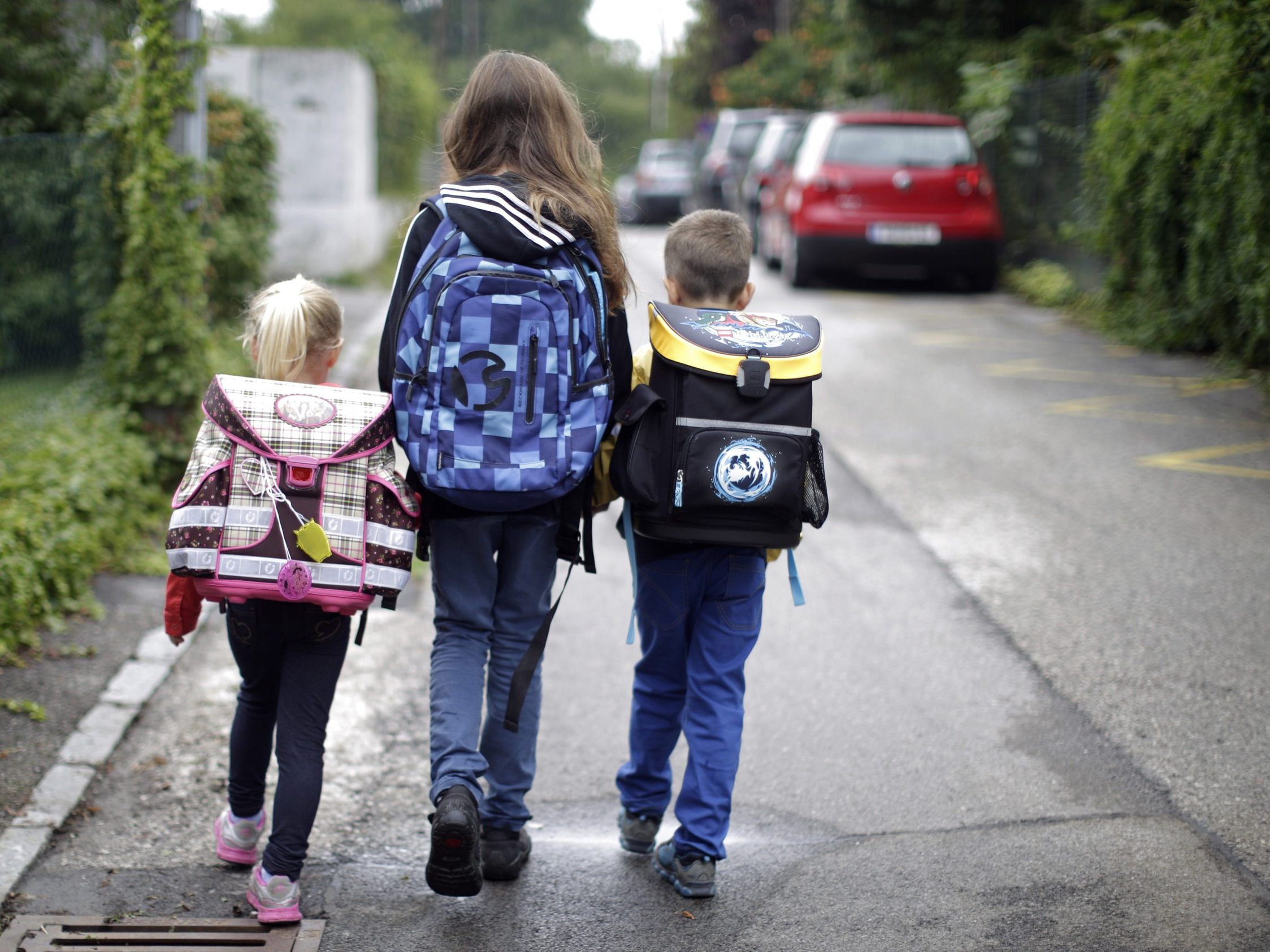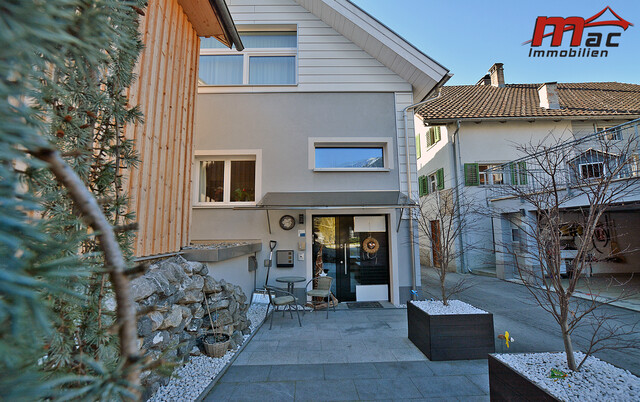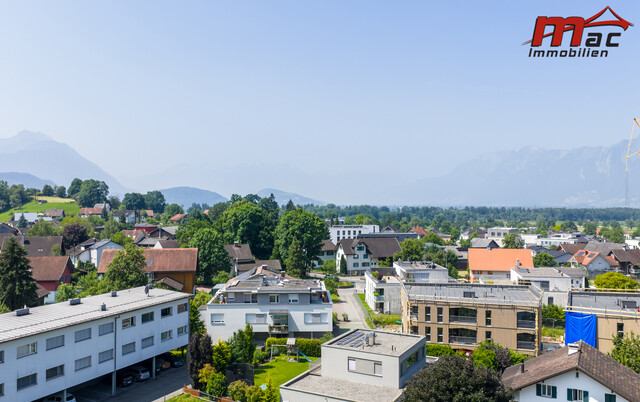October as the Most Dangerous Month for Austria's Schoolchildren

Since the start of the school year, many children are once again on foot in traffic. Younger children often complete the way to school alone or together with older students after a practice or acclimatization phase. "It is essential that school children know the safest way to their school well, master the most important traffic rules, and are also prepared for possible 'disruptions'," explains ÖAMTC traffic psychologist Marion Seidenberger. And despite the best summer preparation, what has been learned must be reinforced in the fall. "In summer, there is less traffic, no time pressure, no other children, no nervousness about the new school – the practice conditions were therefore quite different. That's why children still need support, practice, and feedback with the start of school," says Seidenberger.
Relaxed Start to School, Increase in Accidents in October
Due to general awareness, many precautionary appeals, and thus increased attention, the start of the school year in traffic is usually relatively safe. Also, practicing the way to school together with parents is usually more present for children in September than a few weeks after the start of school: "This is also reflected in the accident statistics: Unfortunately, there is almost every year an increase in school route accidents in October," emphasizes the ÖAMTC traffic psychologist. Looking at the years 2018 to 2024, on average over 14 percent of annual school route accidents with personal injury occur in October. That is almost three percent more accidents than in September and almost four percent more than in November.
Seidenberger also cites other reasons why the accident statistics increase precisely in October every year: "Hectic and traffic volume usually increase, daylight slowly decreases, and visibility conditions are worse than at the start of school. Misjudgments in traffic also increase again. Therefore, it is all the more important to practice or refresh the safe way to school with the children in the fall, regularly discuss the rules of traffic safety, and precisely discuss possible new sources of danger."
ÖAMTC Recommends Constant Practice and Refreshing of Traffic Rules with Children
All this can be refreshed and trained on the way to school as well as on everyday routes, e.g., when shopping or on an excursion: "How and where to cross a street as safely as possible, what traffic light signals and a pedestrian crossing mean, how the pendulum view works – that is, looking left-right-left – and that you check if the wheels of a vehicle are stationary before crossing a street: School children should master this perfectly. It is important to explain traffic rules patiently and repeat them regularly," says the ÖAMTC expert.
Appeal for Caution to All Drivers
In the interest of safe coexistence, all road users are certainly required to be particularly attentive and proactive in the vicinity of schools. And not just in the first weeks of school, but also in the following weeks and months. Because mistakes often happen precisely when you feel particularly safe – or when the unexpected happens. "To prepare children for unforeseen situations, it is essential to discuss contingencies and necessary behavioral instructions with them. This can help avoid helplessness or panic in an emergency," says the traffic psychologist of the mobility club.
These Are the Most Important Tips for the Way to School
- Sichtbarkeit bei Schlechtwetter und Dunkelheit: Wenn es regnet oder noch dunkel ist, sind Kinder mit reflektierenden Aufnähern oder Aufklebern an Kleidung und Schultasche deutlich besser sichtbar. Helle Kleidung allein ist zu wenig. Zudem muss man Kindern bewusst machen, dass sie nicht automatisch von anderen Verkehrsteilnehmern gesehen werden.
- Keine Ablenkung – Handy in die Schultasche: Wer im Straßenverkehr unterwegs ist, sollte voll konzentriert sein. Alles was ablenkt, also sowohl Handy als auch Spielsachen, gehört in der Schultasche verstaut.
- Bei Verspätung keine Hektik: Die meisten Schulwegunfälle passieren zwischen 7 und 8 Uhr. "Besonders in der Früh ist es wichtig, nicht hektisch zu werden. Rechtzeitiges Aufstehen, stressfreies Fertigmachen sowie aufmerksam und konzentriert sein beim Verlassen der Wohnung. Kommt es zu einer Verzögerung, dann lieber einige Minuten später, aber dafür sicher ankommen", heißt es vom ÖAMTC.
- Alternative Wege bei Baustellen: Eltern sollten regelmäßig nachfragen, ob es Änderungen am Schulweg gibt und sich bei Bedarf um sichere Streckenalternativen kümmern – dabei sind Kreuzungen mit Ampel und Zebrastreifen zu bevorzugen. Der neue Weg sollte mit dem Kind dann einige Male trainiert werden.
- Hindernis versperrt Sicht: Versperrt ein Hindernis wie ein Lkw die Sicht auf die Kreuzung, sollte man am besten kurz abwarten, ob er wegfährt und die Sicht zum Queren wieder frei wird. Sonst ist es besser, eine andere, gut einsehbare Stelle zum sicheren Überqueren zu suchen. Dort dann stoppen, in beide Richtungen schauen, Zeit lassen, um gesehen zu werden – und nur dann queren, wenn frei ist. Niemals zwischen parkenden Autos hervorlaufen und plötzlich die Fahrbahn queren. Weitere Tipps für einen sicheren Schulweg gibt es hier.
(Red)
This article has been automatically translated, read the original article here.
Du hast einen Hinweis für uns? Oder einen Insider-Tipp, was bei dir in der Gegend gerade passiert? Dann melde dich bei uns, damit wir darüber berichten können.
Wir gehen allen Hinweisen nach, die wir erhalten. Und damit wir schon einen Vorgeschmack und einen guten Überblick bekommen, freuen wir uns über Fotos, Videos oder Texte. Einfach das Formular unten ausfüllen und schon landet dein Tipp bei uns in der Redaktion.
Alternativ kannst du uns direkt über WhatsApp kontaktieren: Zum WhatsApp Chat
Herzlichen Dank für deine Zusendung.








